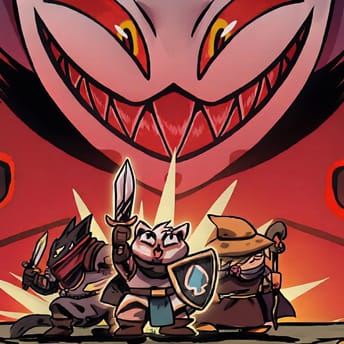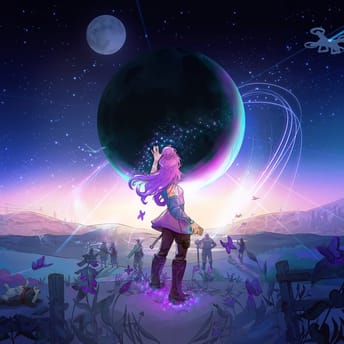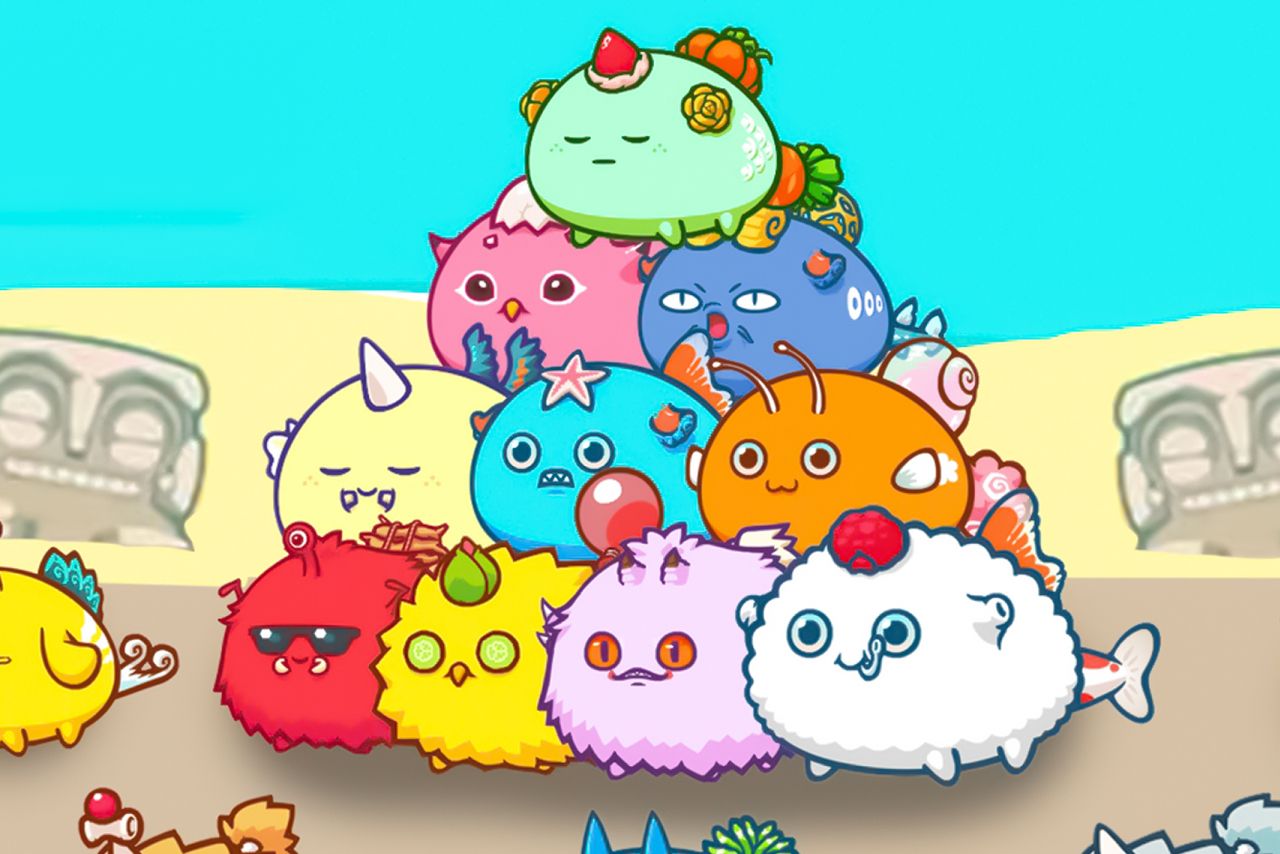
Web3 Gaming Basics: Moving From Hype to Real Player Benefits
|
|
Web3 gaming is framed as the next step in free-to-play: players can own items outright instead of borrowing them from a publisher-controlled server. In 2025, the Web3 gaming market already exceeded $30 billion, driven by a play-to-own model and the expansion of blockchain tools to mobile game development. Independent studios and major companies (Square Enix, Ubisoft, Epic, and more) are launching titles built on tokenized assets and on-chain transactions, so Web3 gaming is no longer a niche experiment.
Most players, however, still judge Web3 gaming by its failures, not its potential. Collapsed play-to-earn economies, high-profile hacks, and a flood of copy-and-paste releases have made them wary. To see what actually sets it apart from classic F2P, we first need to spell out its basics, trace the shift from play-to-earn to play-to-own, and look at the fixes now being built in after those early mistakes.
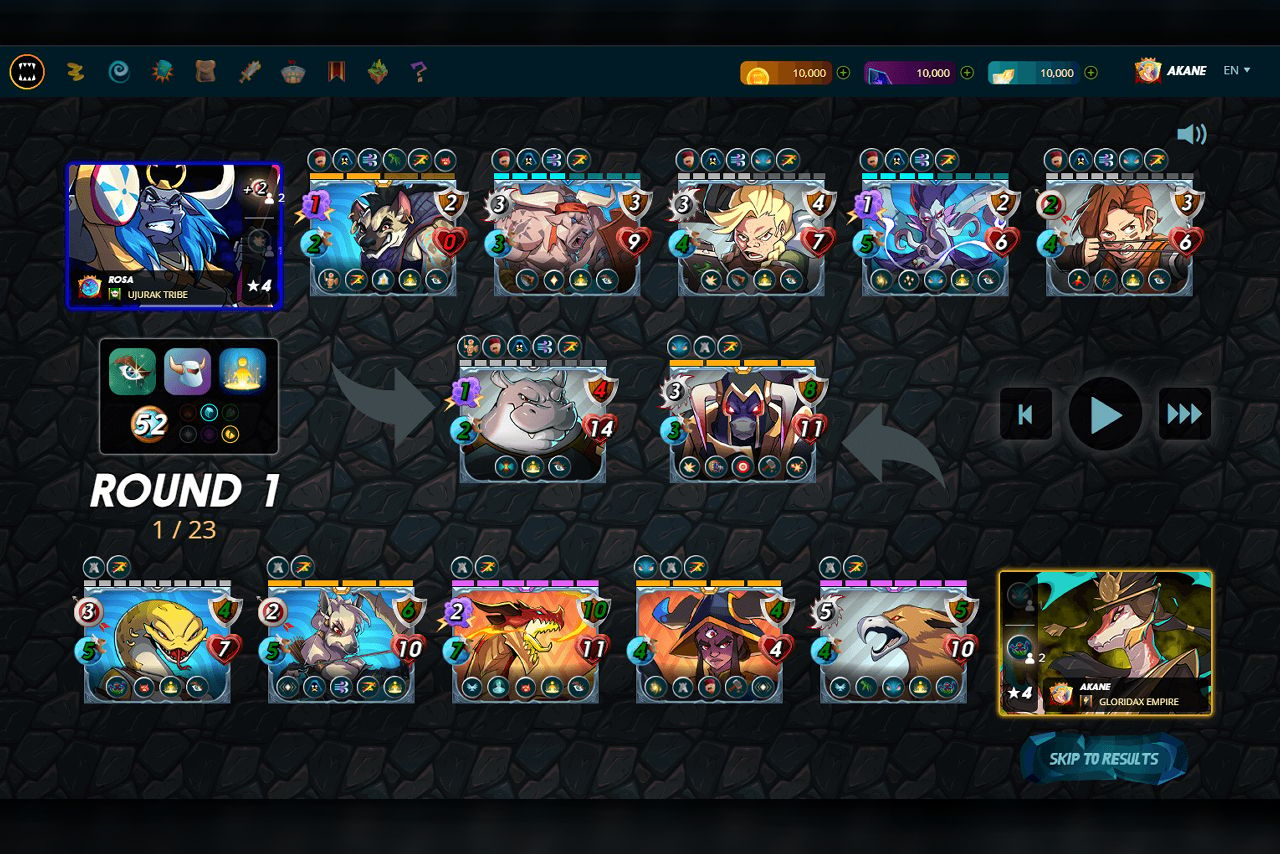
What is Web3 gaming?
A Web3 game stores its items, currency, land parcels, and even characters on a public blockchain. Each asset is wrapped in a token, and the smart contracts behind those tokens instead of a private server decide who owns what and where the money goes.
The core difference with Web2 shows up in ownership. Items or assets live in wallets the players control; a publisher can’t pull them back or rewrite trading rules overnight. That change opens a genuine secondary market where anyone can sell, swap, or use assets as collateral, turning playtime into real-world income. Because the code that defines token supply, royalties, and platform fees is public, the whole in-game economy can be inspected rather than taken on trust.
Tech behind Web3 gaming
Let’s explore what technology keeps the system running. The base chain logs each transaction, and the attached smart contract splits the proceeds on the spot. Non-fungible token (NFT) standards do the labelling work: ERC-721 and ERC-1155 assign every in-game item its own ID, while ERC-6551 can nest several tokens inside one, turning a single asset into a portable inventory. All of that would be too expensive on the main-net, so studios push their contracts to side-chains and L2s (Polygon, Immutable X, or zk-EVM roll-ups), where a transfer costs low enough to support a steady stream of in-game micro-transactions.
When put together, these elements turn digital loot into something that behaves like a tangible asset. The developer shifts from sole owner of the economy to service provider, focused on gameplay and infrastructure, while the blockchain handles the accounting.
Brief History of Web3 Games
The earliest experiments ran between 2013 and 2016. On the Counterparty protocol, users traded meme collectibles, while the indie MMO Huntercoin put its currency straight on-chain: players moved characters by submitting transactions and mined tokens in a shared, decentralised world. These fan-driven projects proved that playing for a token was possible, but they also hit the limits of Bitcoin’s slow and expensive settlement layer.
A real breakthrough came in 2017 with ERC-721, the first clear standard for unique on-chain items. The new format’s reach became obvious when CryptoKitties debuted that December. Interest in the breeding game skyrocketed in days, clogging Ethereum and pushing gas fees to record highs, which was Web3 gaming’s first visible stress test.
Growing industry
From 2018 to 2021, ICO money flooded the space. Many teams sold tokens on the promise of future games and delivered little beyond wallet interfaces. One project did break through: Axie Infinity. By November 2021, it had more than two million daily players, yet unlimited SLP payouts and the $620 million Ronin bridge hack later cut the economy almost in half, exposing how brittle play-to-earn systems could be.
From 2023 forward, most developers have shifted to Web 2.5 strategies. Big studios (Epic, Square Enix, Ubisoft, and Roblox) keep blockchain logic under familiar log-ins and menus, aiming to simplify the user experience. Players get real ownership and automatic royalties, but they never have to handle wallets or gas fees directly.

How Web3 Game Works
In a conventional free-to-play title, every item sits in a studio database that can be edited at will. A Web3 game moves those records into a smart contract: each drop or trade lands on a public ledger, and the code sets the rules. New standards extend the idea. ERC-6551, for example, lets an NFT function as its own Ethereum account, storing other tokens and acting as a portable inventory that can follow a player from one project to the next.
Gas costs would kill this model if every action hit main-net prices, so most studios deploy contracts on Layer-2 networks (Polygon or Immutable zkEVM). Roll-ups trim fees to a fraction of a cent, and middleware like Fireblocks already connects those chains to studio back-office systems. The outcome is a set-up in which on-chain items have the permanence of property, while moment-to-moment play feels no different from a modern online game.
Monetization Models in Web3 Games
Early Web3 economies revolved around play-to-earn: players collected tokens during gameplay and sold them on exchanges. Axie Infinity proved the concept could scale, but its economy buckled once token rewards grew faster than new demand.
By 2022, the conversation shifted from earning to ownership. Items stay with the player and may appreciate over time, yet they offer no promise of quick cash-outs. Studios call this “play-to-own” and view it as less prone to speculative booms and busts.
Another path is automatic creator royalties for user-generated content. When a user-made skin, card, or level changes hands, the governing contract routes an agreed slice of the sale back to its author—something that was nearly impossible in Web2 without a central broker.
Large storefronts are now layering similar ideas into Web 2.5 incentives. Since June 2025, the Epic Games Store has waived its fee on the first one million dollars of revenue, giving indie teams and Web3 projects mainstream reach without the usual platform tax.
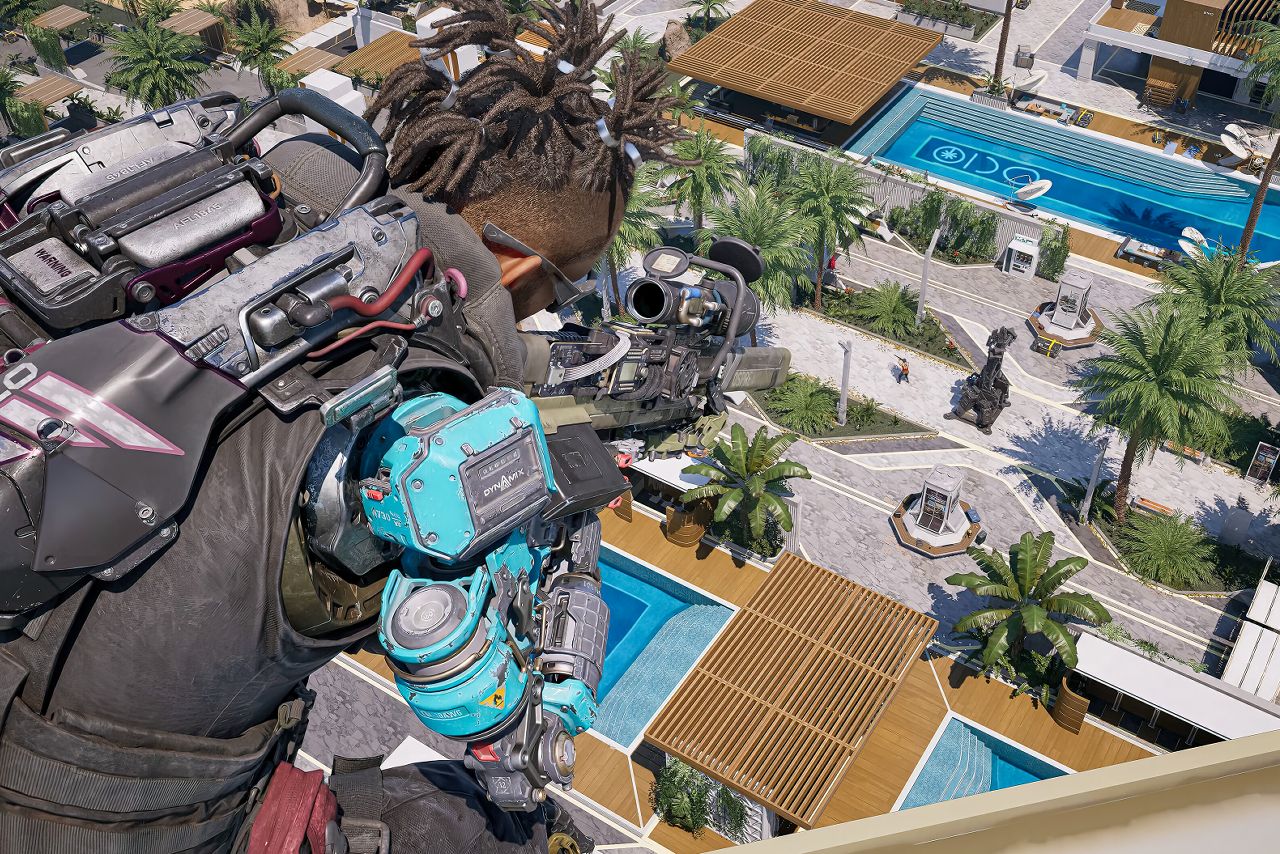
Advantages of Web3 Gaming
The most obvious gain is genuine ownership. Once an item is written to the chain, it remains yours even if the studio closes its servers, and any change to its rules must happen in plain sight through a contract update. That permanence supports a real secondary market: players can trade gear wherever they like, with royalties and platform fees routed automatically.
Because each resale can return a share of the price to the original creator, user-made content stops being a one-off contribution and becomes a steady income stream. The result is a regular flow of community updates that keep a game alive without heavy expense for the developer. Transparency follows naturally: token supply, fees, and royalty splits are public, making audits simpler and easing the frustration that often surrounds pay-to-win systems.
Ongoing Challenges of Web3 Gaming
Economically, older Web3 games still walk a tightrope. A dip in token price can unravel player motivation in days, as past play-to-earn crashes have already shown. The interface remains another hurdle: seed phrases and manual wallets put off many players, and until those steps fade behind a basic social-login flow, on-chain games will appeal mainly to crypto-savvy users.
Regulation adds more uncertainty. The EU’s MiCA rules set out licences for token issuers, but full details will not be final until 2026, leaving studios to adjust midstream.
Finally, the field still carries a gambling label thanks to high-profile rug pulls and low-effort cash-ins. Rebuilding gamers’ trust may take polished, big-budget releases or Web 2.5 hybrids where the blockchain side operates quietly in the background.
Notable Web3 Games and Platforms
Axie Infinity is still the go-to example. In April 2025, it pulled in thousands of active players each day, with secondary trades worth tens of millions of dollars a month. For virtual land, look at The Sandbox: its AdventureWorld plots released in early 2025 sold out within hours, and rarer lots later fetched more than double their launch price.
On the infrastructure side, Immutable zkEVM has become a preferred toolkit. Developers created roughly 87,000 new contracts there in Q1 2025 (83% increase quarter-over-quarter). Immutable plans to merge Immutable X and zkEVM into a single Immutable Chain by the end of 2025, which should streamline future migrations.
Rebuilding the trust
The move toward a combination of AAA and Web3 is led by Shardbound, a tactical card battler in Early Access on the Epic Games Store, and MetalCore, a mech shooter preparing for open beta after three closed test phases. Both titles follow a Web 2.5 approach: items are tokenised in the background, but players log in with standard credentials and never have to handle crypto wallets.
The Bornless, The Bazaar, Champions Ascension, and Off The Grid tell a similar story. Each pitched as a pure Web3 title, yet won over a wider audience by leading with solid gameplay. Facing scepticism, the studios pared back or postponed some of the on-chain features, showing that the real task now is to prove Web3 isn’t a rug-pull but a set of tools that can add value for both players and developers.
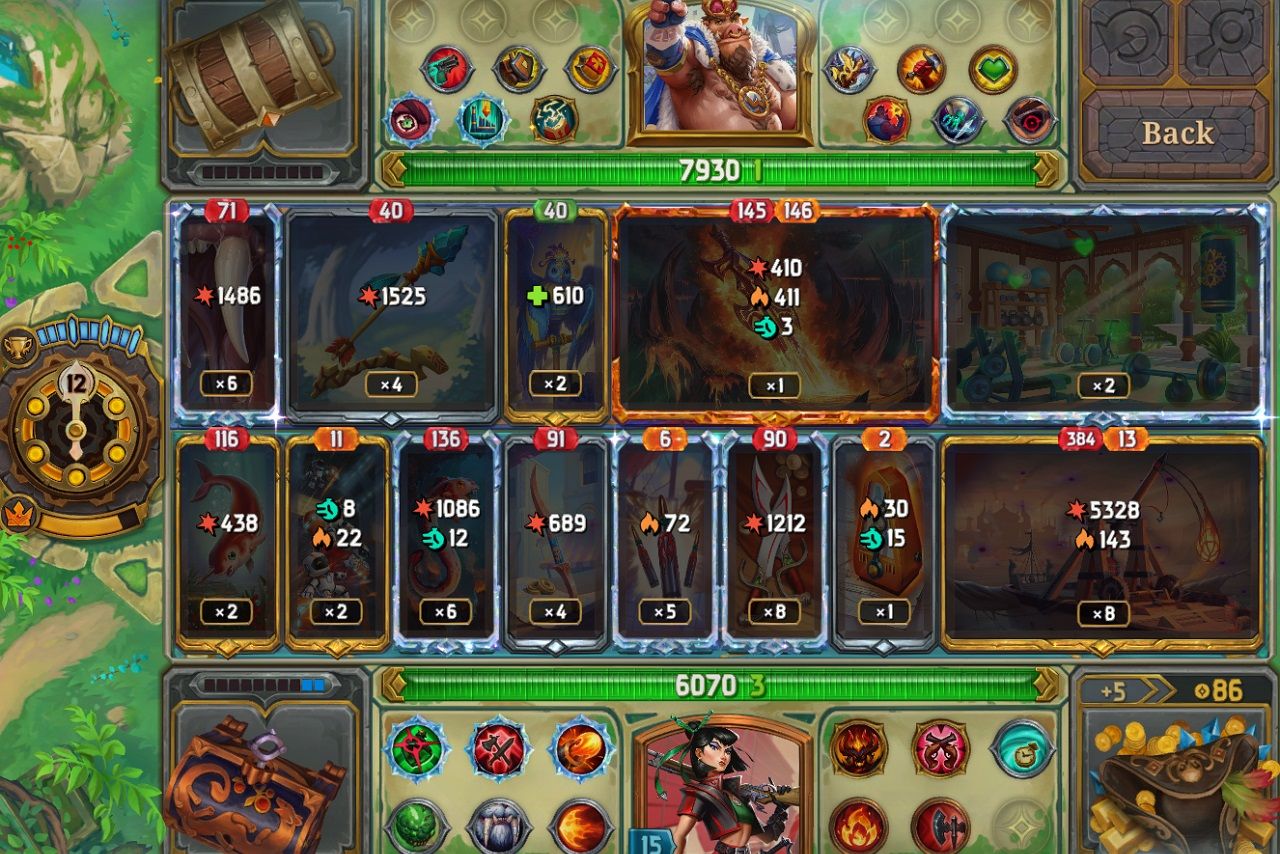
Getting Started with Web3 Games
Players
For players, the first task is to pick a wallet. On a desktop PC, MetaMask and Rabby are still the most common options; on mobile, Trust Wallet does the job. Store your seed phrase and keep it somewhere safe. Most games that run on Layer-2 networks settle in stablecoins (USDC or USDT, which are tied to the U.S. dollar).
The first time you open a game’s dApp, it will add the right network (Polygon, Immutable, Ronin, or whichever chain it uses) without any extra steps, and a typical transaction costs only fractions of a cent. Read the details before you click “Confirm”, and if you plan to keep pricey NFTs, consider moving them to a hardware wallet.
Developers
Developers can get moving just as quickly. SDKs for Unity and Unreal from Immutable, Sequence, or Thirdweb sit in front of the smart contracts and expose a straightforward REST layer, so you can build on a free testnet without writing Solidity. Once the logic holds up, the same project can be pushed to the mainnet with only minor tweaks.
FAQ
What is a Web3 game?
It’s a game whose items, currency, and even characters live on a public blockchain instead of the publisher’s private server. The token in your wallet is the game asset; if you own the token, you own the item.
Do I have to spend money to play a Web3 game?
Not by default. Most titles follow F2P model and hand you a starter kit for free. Spending money is a choice, usually to speed up progress, unlock cosmetics, or collect scarce items.
How is an NFT different from a regular CS2 skin?
A skin stays inside Valve’s ecosystem; an NFT stays in your wallet. If the game disappears, the NFT is still yours. Some newer token standards also let that same NFT show up in other games or trade on any open marketplace.
Can I lose tokens to hackers?
Phishing and bad signatures are the real risk. The blockchain record is hard to fake, but if you sign a malicious transaction or leak your seed phrase, the asset is gone. Use hardware wallets for expensive items and confirm every address before you click.
Which Web3 games lead the charts in 2025?
Axie Infinity, The Sandbox, Gods Unchained, and Shardbound see the most wallet activity and NFT turnover right now, though the order changes whenever a new hit appears.
Is it legal to earn money in Web3 games?
Yes, but it counts as digital-asset income. You’ll owe tax the same way you would on crypto gains or virtual-goods sales. The exact rules depend on your country—MiCA in the EU, SEC guidance in the US, and so on.
What is a metaverse, and how does it relate to Web3?
Think of the metaverse as a persistent online world that mixes social spaces, games, and commerce. Web3 is one way to manage ownership inside that world, so your avatar’s gear or your plot of land moves with you instead of being locked to one platform.
Do I need a high-end PC or special hardware to try Web3 games?
No. If your machine can handle today’s free-to-play titles, it can handle most Web3 releases. The only new requirement is a wallet app—or a built-in custodial wallet if the game hides that step for you.

Web3 Gaming: Summary
Web3 gaming has moved from small collectible experiments to a field big enough that major publishers now keep it on their radar. For players, the appeal comes down to three things: true ownership of in-game items, the freedom to trade them, and automatic royalties when other people use the content they create. For developers, the usual necessities haven’t changed: fun design, a stable economy, and an easy-to-use interface still make or break a game.
Obstacles remain: wallet setup can still feel clunky, token prices swing, and regulators are only now drawing clear lines. The bigger task, though, is winning back the usual gamer who remembers the rug pulls and bubble economies of the past few years. Web3 studios now have to prove that the tools have matured, that ownership and automatic royalties aren’t a gimmick but a benefit every player can enjoy without extra hassle. If they manage that, blockchain features will blend into everyday gameplay as naturally as in-game stores and season passes, and the debate over their place in gaming will fade on its own.
